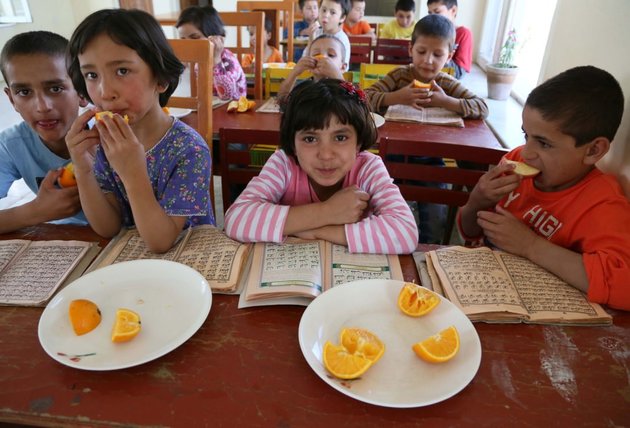Angelina Jolie, Madonna, Melania Trump, and Kanye West have all, in recent years, made highly publicised visits to orphanages in low-income countries. Tourists who “travel with purpose” are following their lead. As New Europe reports, tourist itineraries often include a visit to an orphanage, alongside local markets, craft workshops, and historic sites. Tour operators promote these visits as a form of ethical tourism that allows affluent Westerners the opportunity to assist needy children. The visits often include playing with the children, giving them a cuddle, and making a donation to the orphanage. Often, tourists keep up the connection, making regular donations to the orphanage after they return home.
But good intentions are not enough, especially when they are based on misinformation. Orphanage tourism turns children into cash-generating commodities subject to the usual economic laws of supply and demand. While that may be good for orphanage operators, it is bad for the children who live there.
Many believe that there are millions of orphans in poor countries who need food, shelter, and the care, love, and support of an orphanage. Without the support of donors from wealthy countries, many of these orphans would, it is widely assumed, lead miserable lives, surviving by begging or selling their bodies.
This is a myth. According to the United Nations Children’s Fund (UNICEF) there are some 140 million orphans worldwide. But this figure is misleading, because UNICEF defines an orphan as a child who has lost “one or both” parents. About 15 million of the children UNICEF counts as orphans are “double orphans,” that is, they have lost both their parents. Most of the “single orphans” live with their remaining parent, and the vast majority of double orphans live with their grandparents or other family members. Estimates of the number of children living in institutional care (orphanages) range from 2.7-8 million, and of these, at least half, and perhaps as many as 90%, have a living parent, while some have both parents still alive.
Research confirms what many charities learned long ago: showing potential donors a photo of a child, with the child’s name and a description of the child’s needs, induces more donations than offering general information about people in need, without identifying any of them. It’s not surprising, therefore, that bringing people into close contact – cuddling even – with a needy child is an especially effective way of raising money. This explains why 90% of the registered orphanages and children’s homes in Nepal are located in the districts that attract the most tourists.
To raise revenue, however, orphanages need “orphans.” Many orphanages thus employ “recruiters” who travel to remote villages and encourage impoverished parents to send their children to the orphanage. The recruiters may promise parents that their children will have a wonderful life and a high-quality education. In some cases, parents are paid a fee, and successful recruiters receive “finders’ fees.”
Once in the orphanage, children must interact with visitors, whether they like it or not. They may be kept deliberately malnourished to elicit more and bigger donations from visitors, and some orphanages instruct the children to tell visitors that their parents are dead and threaten them with punishment if they do not.
Obviously, there will always be children in low-income countries who cannot live with their parents, and there are certainly orphanages that do have children’s best interests at heart. But the institutional model of care is inherently harmful to all children – no matter how good the intentions of those running the institutions. More than 70 years of research shows significantly poorer outcomes for children who grow up in orphanages than for children who grow up in families, and the impact of institutionalisation on a child is lifelong and often intergenerational.
You might ask, how can a tourist distinguish a “good” orphanage from one that is exploiting children? The answer is that no one can: there is no such thing as a good orphanage. Although there are children in such desperate circumstances that they may benefit, in the immediate term, from entering an orphanage while alternative arrangements are made, it is important to look at the larger picture. Children do better in families, not institutions. In many low-income countries, inadequate regulation of orphanages provides an environment rich in opportunity for child trafficking and exploitation.
The system we have described is clearly flawed, but any suggestion that tour operators cease to promote visits to orphanages immediately leads to the question: “What will happen to the children?” The answer is that without tourist-supported orphanages, most of them would not have entered an orphanage in the first place. They would have stayed in their communities and had better lives than an orphanage can provide. By removing the demand promoted by tour operators to well-meaning visitors, the supply of “orphans” would be significantly reduced.
As for children currently living in orphanages, they are often suffering the effects of trauma, institutionalization, and attachment disorders and require specialised care in a family-based setting. The money that donors currently give to support children in orphanages should be redirected. Worthy organisations include Forget Me Not, Cambodian Children’s Trust, and Hope and Homes for Children, which reintegrate children into families and communities, as well as those working to prevent family separation in the first place by assisting people in extreme poverty.






